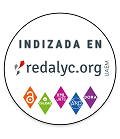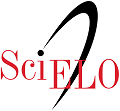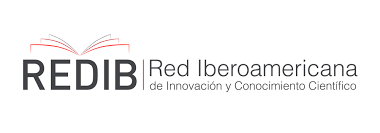Interoperability of knowledge organization systems: the state of the art
Abstract
The interoperability between knowledge organization systems (KOS) has become very important in recent years, in order to facilitate simultaneous searches in several databases or to merge different databases into one. The new standards for KOS design and development, the American Z39.19:2005 and the British 8723-4:2007, include detailed recommendations for interoperability. Also, there is a new ISO standard in preparation, the 25964-1 about thesauri and interoperability, which will be added to the above mentioned ones. The available technology provides tools for interoperability, e.g. formats and functional requirements for subject authority, as well as those for Semantic Web RDF/OWL, SKOS Core and XML. On the other hand, presently it is very hard to design and develop new KOS due to economical problems, so interoperability makes it possible to take advantage of the existing ones. In this work the basic concepts, models and methods recommended by the standards are reviewed, as well as several experiences on interoperability between KOS that have been documented.Downloads
Authors publishing in this journal acknowledge the conditions below:
- Authors retain the copyright of their work while they transfer the right of the first publishing to the journal, under the Creative Commons Attribution-ShareAlike 4.0 International (CC BY-SA 4.0) Licence, which allows third parties to reproduce them under the condition that express mention is given to the author and to its original publication in the journal.
- Authors may enter into other contractual and independent arrangements for the non-exclusive distribution of the version of the article published in this journal (for instance, it can be published in an institutional repository or in a book). In any case, an express mention should be given to its first publication in the journal.
- It is permitted and encouraged to publish online the articles (for example, on institutional or personal pages).

























